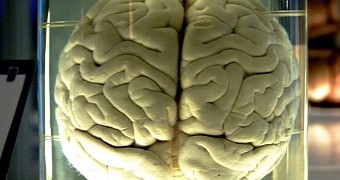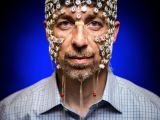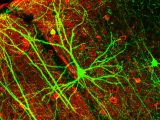Allowing a human mind to interface directly with machinery has been a hot topic in science fiction for a long time, and soon it won't be fiction at all. In the meantime, related concepts are revealing interesting things about how the brain works.
There are many theories about how the human brain or parts of the brain work and why. Some even think we only use 10 percent of it.
For the most part, the current scientific community is in agreement that all parts of the brain have a function, and that not using the whole brain for active thought doesn't mean the “unused” parts are idle. All areas of the brain have a function that is always on.
Whatever point of view you ascribe to, it doesn't matter for today's topic. What matters is that a professor from the University of Wisconsin-Madison discovered something interesting.
Imagination and reality cause opposite brain waves
Electrical and computer engineering professor Barry Van Veen used an electrode net to cover his entire head in order to monitor brain activity.
He also provided it to a number of people who were then asked to alternatively imagine scenes and then watch video, or vice-versa. All the while, the electrode net took readings of the brain activity by means of EEG signals (electroencephalography).
The goal was to find out exactly how brain activity and the brain itself changes between the times we are awake and the times we are asleep.
Differentiating between true witnessed events and imaginary ones was just the first step in that endeavor. Finding out how the brain uses networks to encode short-term memory is another goal.
UW-Madison psychiatry professor and neuroscientist Giulio Tononi helped with the project, as did UW-Madison's Waisman Center scientist Daniekla Dentico. People from the University of Liege in Belgium helped as well.
The findings
During imagination, the flow of information from the parietal lobe of the brain to the occipital lobe increases. Thus, the flow goes from a higher-order region (which combines inputs from several of the senses) to a lower-order region.
When people watch something, information flows from the occipital lobe (the visual cortex) up to the parietal lobe instead. The EEG data was parsed with an algorithm created by van Veen.
Eventually, this could prove crucial in understanding the directional flow of information. It’s already possible to “focus” on a set of target circuits by asking the subjects to watch different types of video clips, and focusing on, say, the shapes and colors of an in-motion magic bike versus silent natural scenes.
We're now left wondering how long it will take for spy agencies to create some sort of scanner that will detect the nature and “path” of brainwaves for intelligence gathering purposes.

 14 DAY TRIAL //
14 DAY TRIAL // 



